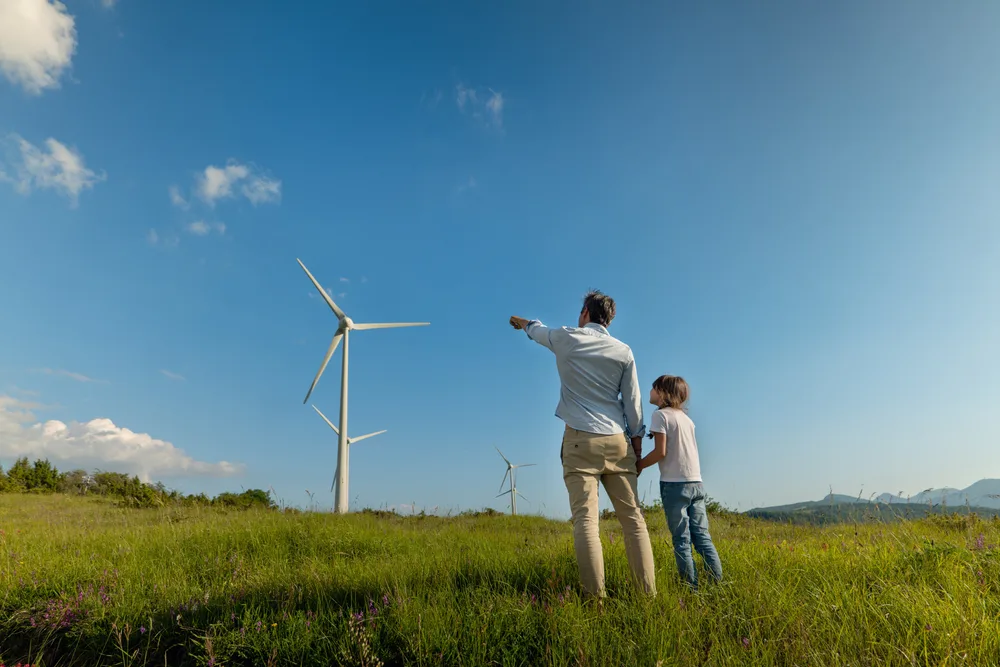Challenges and Solutions in Renewable Energy Integration Course
Introduction:
The scope of this course on Challenges and Solutions in Renewable Energy Integration addresses how renewable power systems such as Distributed Generation, Energy Storage, Thermally Activated Technologies, and Demand Response are combined within electric distribution and transmission systems. It develops and demonstrates solar and wind integration solutions that allow for overcoming technological, economical, legal, and institutional issues. This course addresses operational problems and develops business models for deploying these technologies into capacity planning, grid management, operation, and demand management. It also deals with policy issues associated with achieving Renewable Portfolio Standards as utility companies incorporate wind, solar, geothermal, and biomass power.
Objectives:
At the end of this Challenges and Solutions in Renewable Energy Integration course, participants will be in a position to:
- Grasp the concept of grid flexibility in the integration of renewable energy.
- Outline various kinds of renewable energy.
- Describe various kinds of solar panels.
- Examine several categories of wind farms.
- Know different types of energy storage technology.
- Curtail carbon emissions and other harmful airborne emissions through more deployment of renewable energy power plants and non-combustion centralized energy generation.
- Boost return on investment by using distributed systems and load integration to reduce system peak demand and electricity costs.
Training Methodology:
- Interactive lectures
- Cases for analysis
- Contemporary situation application
- Discussions
Course Outline:
Unit 1: Generation of Renewable Energy: Current Status, Perspective, and Barriers to Smooth Assimilation of Developments
- The development of renewable energy sources.
- Most advanced integrating capacities of renewable power stations.
- Explore transmission and operation technologies and practices of renewable energy.
- Generation of wind power.
- Generation of photovoltaic power.
- Grasp the concept of concentrating solar power generation.
Unit 2: How to Integrate Large-Scale Renewable Energy Generating Systems – Technical Solutions
- Wind turbines.
- Renewable power generation systems that could easily integrate into the electricity grid.
- Enhanced variation in conventional generation.
- Expansion planning of transmission facilities.
- Should hold ppm technology features for electric energy storage.
- Since energy storage is necessary for DU, what are the contributions of electrical energy storage in the context of renewable energy integration?
- Appreciate the presence of specified standards for integrating large-scale electrical energy storage into renewable energy systems with others.
Unit 3: Why Power Interconnection Conductors Control the Surge of Renewables in Power Plants?
- Understand the implications of wind and solar in influencing energy requirements.
- Power plant flexibility.
- Forecast and demand response.
- Variability of wind and solar power.
- Grid challenges of variable renewable energy.
- Impact of fossil fuel generators.
Unit 4: Integration of Renewable Energy-Based Generation into the Transmission and Distribution Networks
- Framework for the assessment of enhancing renewable energy sources in the energy systems.
- Get knowledge of how embedded and renewable energy sources can be interfaced with power generation.
- Impact on the quality of energy.
- Electric power transmission and distribution networks.
- Comprehend optimization and sensitivity analysis of photovoltaic technology.
- Grasp the fundamental concepts of wind optimization and sensitivity analysis.
Unit 5: Integration of Renewable Energy Technologies in Modern Power Systems (Smart Grids/Microgrids)
- Features of smart grids.
- Appreciate the use of smart grid technology and power systems for the effective integration of renewable energy.
- Management of microgrids.
- Benefits of microgrids.
- Adoption of intelligent microgrids in the future and the use of microgrids to harness renewable energy.


















